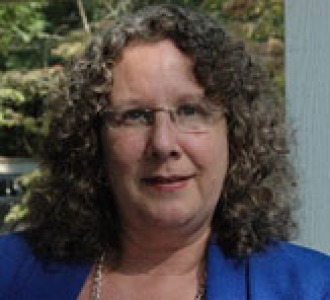WASHINGTON, Jan. 13, 2016 - The Department of Energy (DOE) recently announced six organizations selected to receive up to $10.5 million to support the design and operation for next-generation marine energy systems. The grants are part of DOE’s marine and hydrokinetic (MHK) technology research and development efforts to harness the largely untapped renewable energy in waves, tidal, ocean and river currents that could provide clean, affordable energy to homes and businesses across the country's coastal regions.
Projects funded under these awards will improve survivability characteristics and reduce uncertainty regarding installation, operations and maintenance of MHK systems operating in potentially harsh marine conditions, which will extend lifespans and reduce the cost of MHK-derived energy, DOE says.
The improvements supported by this funding will help these devices last longer, cost less to maintain and capture even more sustainable energy from the enormous potential of the nation's oceans and rivers, according to DOE.
Three projects are aimed at improving the survivability of wave energy converters, addressing the challenges of designing MHK energy systems to operate in the ocean environment for years:
- Dehlsen Associates LLC, of Santa Barbara, California, is developing a wave energy converter (WEC) comprised of multiple pods that use common components to achieve economies of scale. In this project, the device structure will be optimized to improve its survivability characteristics, thus significantly reducing the cost of energy derived from the WEC.
- M3 Wave LLC, of Salem, Oregon, is developing a WEC that sits on the ocean floor and harnesses energy from the pressure waves beneath ocean waves. This project will develop modeling tools to explore ways to minimize effects of sediment transport, such as water erosion, displacement, and tilting of the device, and to increase the lifetime of the system by reducing maintenance requirements in commercial-scale deployments.
- Oscilla Power Inc., of Seattle, is developing a WEC consisting of a surface float that is tethered to a base suspended in the water. This projects aims to optimize the device's storm-survival configurations, which will decrease the loads the device experiences during extreme conditions, thus lowering the resulting cost of energy.
Three additional projects will reduce uncertainty regarding marine installation, operations, and maintenance (IO&M):
- Columbia Power Technologies, Inc., of Charlottesville, Virginia, will develop and deploy a streamlined, cost-effective installation and recovery process that includes design updates and process improvements related to IO&M, while deploying the floating, offshore WEC. The team also aims to identify specific methods to reduce the cost of energy in future deployments.
- Igiugig Village Council, in southwestern Alaska, will develop a river turbine system that will demonstrate IO&M design improvements to simplify maintenance and make system components more durable during operations.
- Verdant Power Inc., of New York City will design and support structures to allow for cost-effective IO&M. This will provide a way to deploy three turbines together as a single system and make it possible to retrieve all three turbines with one on-water operation.
#30
For more news, go to: www.Agri-Pulse.com

